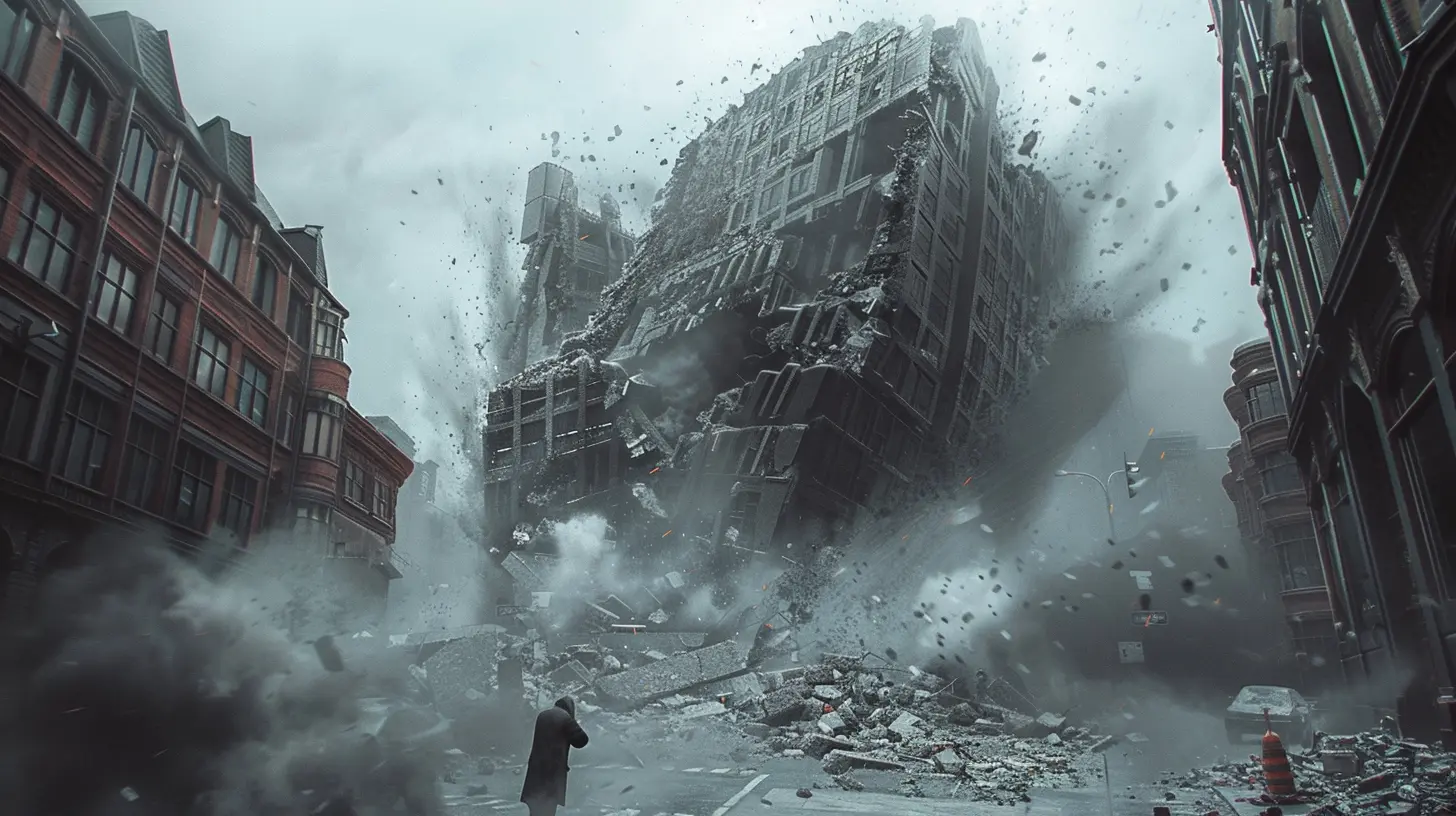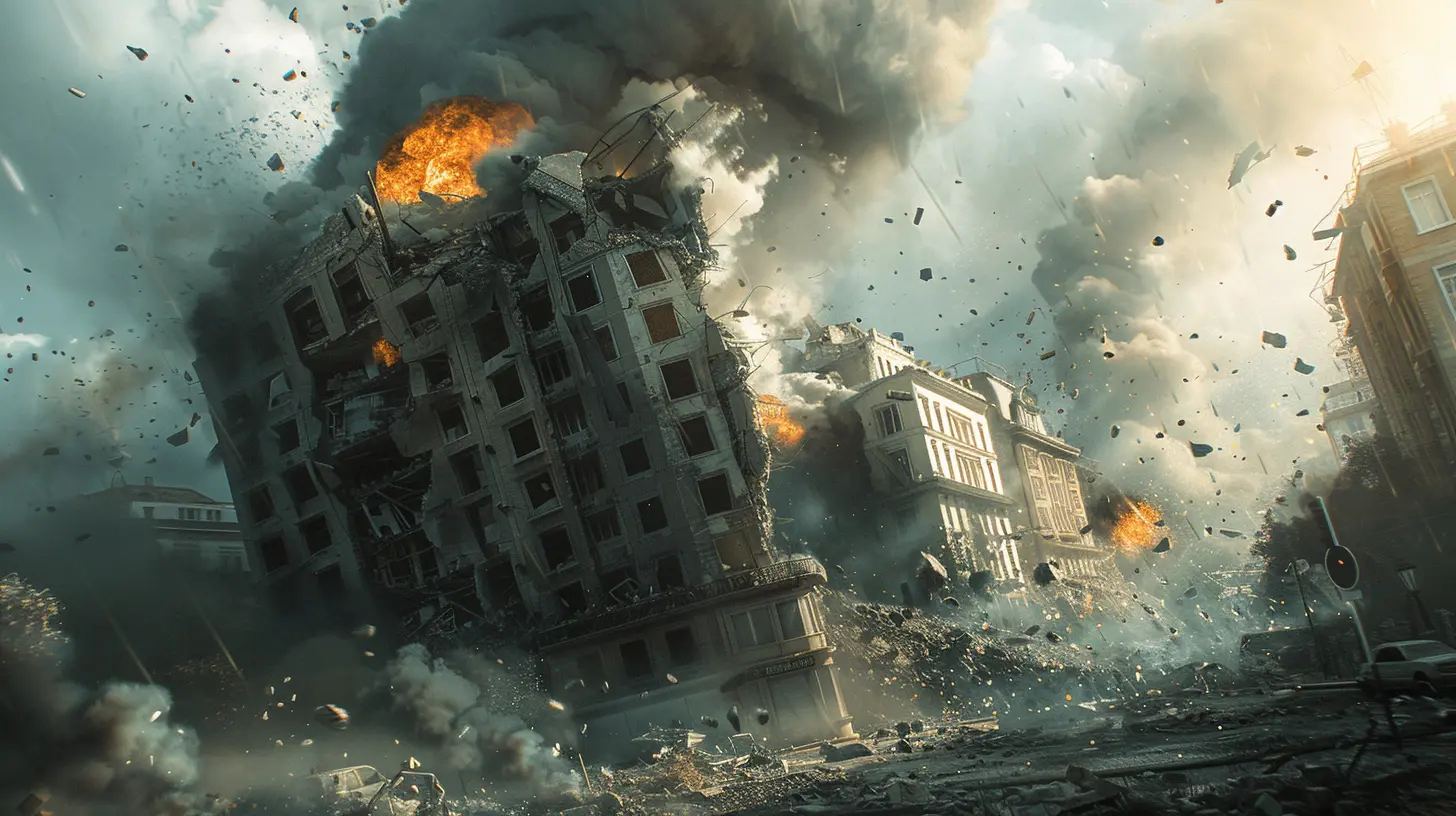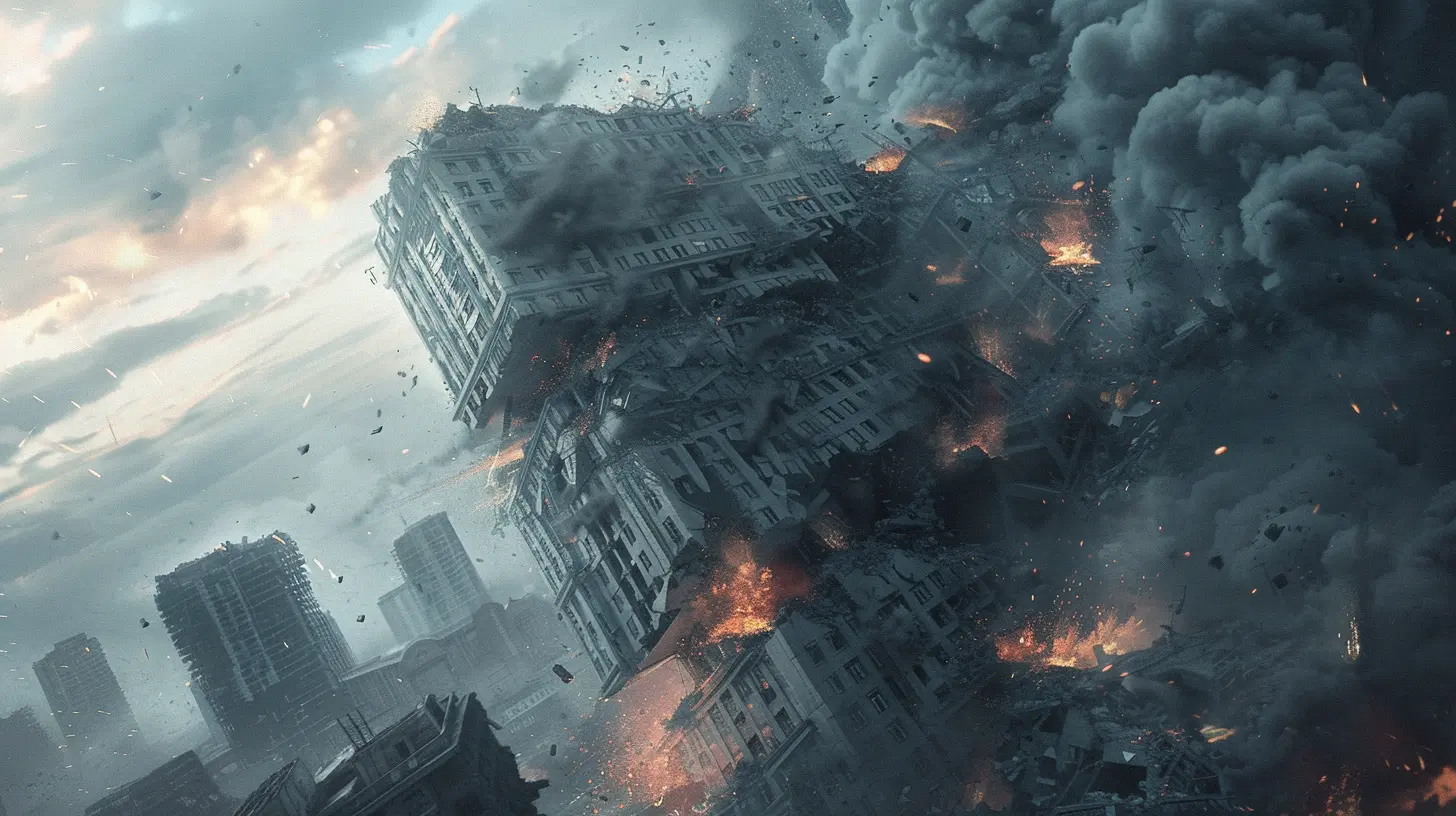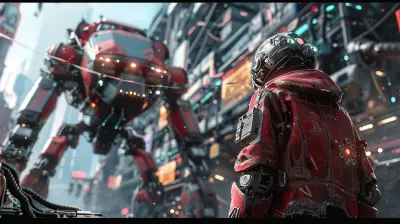The Physics of Destruction: Achieving Realism in Building Collapses
6 November 2025
Ever watched a building collapse in a video game or movie and thought, "Damn, that looked real"? A perfectly executed collapse scene can leave you breathless. It’s one of those incredible moments where science, art, and technology collide to replicate something so beautiful yet devastating. But what really goes into achieving that realism? Is it just a matter of chucking a bunch of polygons into a physics engine, or is there more to it?
Spoiler alert: there’s a lot more to it. Creating believable building collapses is a complex marriage of physics, engineering, and creativity. So, buckle up because we’re diving headfirst into the fascinating world of the physics of destruction.
Why Realism Matters in Digital Destruction
Let’s face it—nobody likes to see a building crumble like it’s made of marshmallows. Realism is at the heart of why destruction is so satisfying in video games, movies, and simulations. Whether you're playing a game like Red Faction: Guerrilla or immersing yourself in high-stakes sequences in blockbuster films, realistic destruction creates emotional weight.Think about it: when you blow up a building in a game, the satisfaction comes from the tiny, intricate details. The walls should fracture, debris should scatter naturally, and dust should linger—just like in the real world. If it’s even slightly off, your brain picks up on it. It feels more like you’re knocking over a pile of Legos rather than witnessing a collapsing skyscraper.
The Building Blocks: How Physics Makes Collapses Look Real
So, how do developers and visual effects artists ground destruction in reality? It all boils down to physics. Let’s break it down into bite-sized chunks (no pun intended).1. Understanding Structural Integrity
Before you can destroy a building, you need to understand how it's built. Buildings aren’t just random piles of bricks. Structurally, they’re designed to balance weight and withstand pressure. Developers have to mimic real-world engineering principles to make destruction believable.For example, in construction, load-bearing walls, beams, and columns are critical. Developers use these same principles in games and simulations. Want to collapse a building realistically? Destroy the load-bearing columns first and watch the rest crumble under its own weight.
Think of it like a game of Jenga. Pull out the wrong block (or in this case, simulate a strategically weakened support beam), and boom—the whole tower comes crashing down.
2. Material Physics
Not all materials break the same way, right? A concrete wall doesn’t fracture like glass, and wood splinters differently than steel. That’s where material physics come into play.When a building is destroyed in a game or film, each component reacts based on its properties:
- Concrete shatters into chunks, complete with dust clouds.
- Glass breaks into sharp, tiny shards that scatter.
- Wood splits and splinters, often leaving behind jagged pieces.
- Metal bends, warps, or snaps, depending on its stress points.
For sleek realism, developers rely on advanced physics engines like Havok, Unreal Engine’s Chaos Physics, or NVIDIA’s PhysX. These tools assign “breakable” properties to materials, ensuring the debris interacts naturally with its surroundings.
3. Gravity and Momentum: Let Nature Do Its Thing
Gravity is the silent hero in every destruction scene. When a building starts to fall, the direction and speed of its collapse depend on forces like gravity and momentum. Will it tip sideways? Drop straight down? Start twisting mid-air? These calculations are vital.One key aspect here is secondary destruction—the way debris interacts with other objects once it falls. For instance, a chunk of concrete doesn’t just hit the ground and disappear. It bounces, breaks into smaller pieces, and maybe even causes a chain reaction that takes out nearby structures. Without gravity and momentum simulated correctly, the whole sequence feels fake.
The Role of Simulation Tools in Destructive Realism
Creating realistic building collapses isn’t something developers hammer out manually. Simulation tools are like a Swiss Army knife for destruction—and boy, do they save a lot of headaches. These tools do the heavy lifting when it comes to calculating physics, materials, and other interactions.Real-World Examples of Destruction Tech
- Frostbite Engine (Battlefield series): Remember how buildings crumble dynamically in Battlefield? That’s the Frostbite engine working its magic. It uses real-time physics to ensure no two collapses look identical.- Unreal Engine’s Chaos Destruction: Chaos is the rockstar of destruction systems. It allows developers to create huge, detailed building collapses with procedural fracturing—meaning every crack and shard behaves like it would in real life.
- Filmmaking Simulations (Houdini): In movies, tools like Houdini handle destruction at a cinematic scale. Houdini simulates the smallest details, like how glass shards scatter based on wind velocity or how concrete creates dust plumes.
Challenges in Nailing Realistic Building Collapses
Of course, nothing in this world (or game development) is easy. Achieving realism in collapses comes with its own set of challenges.1. Performance Issues
Let’s be real—destruction is CPU-intensive. Every chunk of debris needs calculations for weight, collision, and movement, and that adds up fast. Especially in games, developers have to find a balance between realism and performance. No player wants their game to lag mid-explosion!2. Unpredictability
Real-world destruction is chaotic—literally. When engineers demolish buildings, there’s always a level of uncertainty in how they’ll collapse. Mimicking this randomness digitally is hard. If collapses become too predictable, they lose their sense of realism.3. Rendering Debris
Rendering collapsing debris is a nightmare for artists. Maintaining details like fracturing, dust, and tiny fragments without overloading the system is a constant juggle.4. Emotionally Resonant Destruction
Here’s the thing: realistic destruction isn’t just about physics—it’s about storytelling. A building collapse needs to evoke emotions. Was it an iconic skyscraper? Did it symbolize something important in the narrative? The emotional weight adds another layer of complexity.The Future of Destruction: Where Are We Headed?
We’ve come a long way from the days when “breaking stuff” in games meant simple particle effects. But the future? It’s all about hyper-realism and AI-driven destruction.AI + Procedural Generation
AI is starting to play a huge role in automating destruction. Developers can now use machine learning to predict how structures should collapse and tweak them on the fly for more lifelike results. Want 100 different ways for a building to crumble? Let AI do the legwork.VR and AR Destruction
As VR and AR become more prominent, immersive destruction is the next frontier. Imagine watching a building collapse in VR, where you can feel the rumble and dodge falling debris. Yeah, that’s the stuff of future nightmares (and thrills).Why Does It Matter?
You might be thinking, “Okay, but why does this topic deserve so much attention?” Well, destruction isn’t just eye candy—it’s an art form. It makes games feel more immersive, movies more gripping, and simulations more accurate. Plus, it reminds us of how intricate and unpredictable the real world is. Every broken beam, every dusty plume, every shattered shard—it’s a reflection of reality’s chaotic beauty.Wrapping It Up
So there you have it—an insider’s look at how the magic of realistic building collapses comes to life. The next time you’re demolishing a digital skyscraper or marveling at a film’s epic collapse sequence, take a moment to appreciate the science and artistry behind it. It’s like creating controlled chaos, and honestly, who doesn’t love a little beautifully orchestrated mayhem?The physics of destruction isn’t just about breaking stuff—it’s about breaking stuff right. And that? That’s where the real satisfaction lies.
all images in this post were generated using AI tools
Category:
Realism In GamesAuthor:

Greyson McVeigh
Discussion
rate this article
1 comments
Carrie Gonzalez
Destruction in gaming is more than mere spectacle; it’s an art form. Every crumbling wall and collapsing structure should evoke awe, with physics that immerse players in chaos and beauty. Let’s demand more than flashy visuals—realism in destruction enhances gameplay and elevates the entire experience. Embrace the chaos!
November 22, 2025 at 5:24 AM

Greyson McVeigh
I completely agree! Realistic destruction not only enhances immersion but also transforms gameplay into a captivating experience that blends chaos with artistry.


